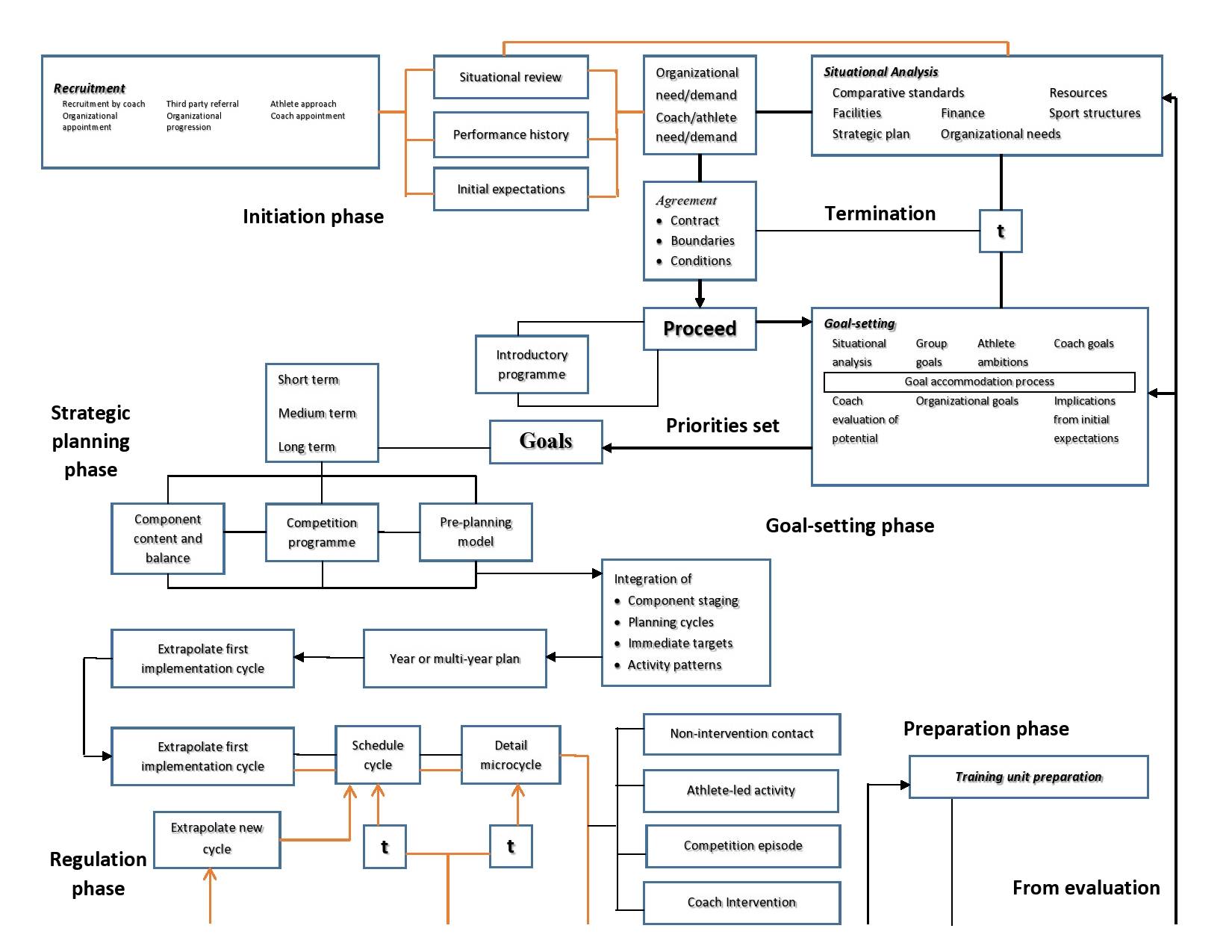Treatments for Gastrointestinal & Endocrine Disorders
Diagnostic Criteria for Nausea and Vomiting and Treatment Recommendations
Nausea and vomiting are common symptoms associated with various underlying conditions, including infections, gastrointestinal disorders, metabolic imbalances, and neurological conditions. The diagnostic criteria for nausea and vomiting involve a comprehensive assessment of symptoms, medical history, and potential triggers. Clinicians typically evaluate the duration, frequency, associated symptoms (such as fever, pain, or dehydration), and contributing factors like food intake, medication use, or psychological stress. Laboratory tests, imaging studies, and endoscopic evaluations may be required to determine the underlying cause.

Treatment recommendations for nausea and vomiting focus on addressing the underlying condition while providing symptomatic relief. Common pharmacological interventions include antiemetics such as ondansetron (5-HT3 antagonist), promethazine (dopamine antagonist), and metoclopramide. Non-pharmacological strategies include dietary modifications (bland foods, ginger), hydration therapy, and acupressure techniques. Severe cases may require hospitalization for intravenous fluids and electrolyte replacement.
Treatments for Gastrointestinal & Endocrine Disorders
Symptoms of GERD, Complications, and Drug Management
Gastroesophageal reflux disease (GERD) is a chronic condition characterized by the backflow of stomach acid into the esophagus, leading to symptoms such as heartburn, regurgitation, chronic cough, sore throat, and difficulty swallowing. GERD can result in complications such as esophagitis, Barrett’s esophagus, esophageal strictures, and an increased risk of esophageal cancer.
Click here to place your order https://assignmenthelpcentral.com/order/
The primary approach to GERD management involves lifestyle modifications, including dietary changes (avoiding acidic, fatty, and spicy foods), weight loss, elevating the head during sleep, and smoking cessation. Pharmacological treatments include proton pump inhibitors (PPIs) like omeprazole and lansoprazole, H2 receptor antagonists such as ranitidine, and antacids for symptomatic relief. In severe cases, surgical interventions like Nissen fundoplication may be considered.
Comparison of Crohn’s Disease and Ulcerative Colitis
Crohn’s disease and ulcerative colitis are both forms of inflammatory bowel disease (IBD), but they have distinct characteristics. Crohn’s disease can affect any part of the gastrointestinal tract from the mouth to the anus and is characterized by patchy, transmural inflammation. Symptoms include abdominal pain, diarrhea, weight loss, and fatigue. Complications may include strictures, fistulas, and malabsorption.
Treatments for Gastrointestinal & Endocrine Disorders
Ulcerative colitis, on the other hand, is limited to the colon and rectum and involves continuous mucosal inflammation. Symptoms include bloody diarrhea, abdominal cramping, and an urgent need to defecate. Complications include toxic megacolon and increased colorectal cancer risk.
Treatment for both conditions includes aminosalicylates (e.g., mesalamine), corticosteroids for flare-ups, immunomodulators (azathioprine, methotrexate), and biologic agents (infliximab, adalimumab). Surgical options include bowel resection for Crohn’s disease and colectomy for severe ulcerative colitis.
Diabetes: Causes, Symptoms, and Treatment
Diabetes mellitus is a metabolic disorder characterized by chronic hyperglycemia due to insulin deficiency or resistance. The two primary types are Type 1 diabetes (autoimmune destruction of pancreatic beta cells) and Type 2 diabetes (insulin resistance with eventual beta-cell dysfunction).
Common symptoms of diabetes include polyuria, polydipsia, polyphagia, fatigue, unexplained weight loss, blurred vision, and slow-healing wounds. Long-term complications involve neuropathy, nephropathy, retinopathy, cardiovascular disease, and increased infection risk.
Treatments for Gastrointestinal & Endocrine Disorders
Treatment depends on the type of diabetes. Type 1 diabetes requires lifelong insulin therapy, while Type 2 diabetes management includes lifestyle modifications, oral hypoglycemic agents (metformin, sulfonylureas), and in some cases, insulin therapy. Continuous glucose monitoring, dietary control, and regular physical activity are critical components of diabetes management.
Conclusion
Gastrointestinal and endocrine disorders require a multidisciplinary approach for effective management. Proper diagnosis, pharmacological interventions, lifestyle modifications, and patient education play crucial roles in optimizing outcomes. Advancements in research and personalized medicine continue to enhance treatment strategies, improving the quality of life for individuals affected by these conditions.









